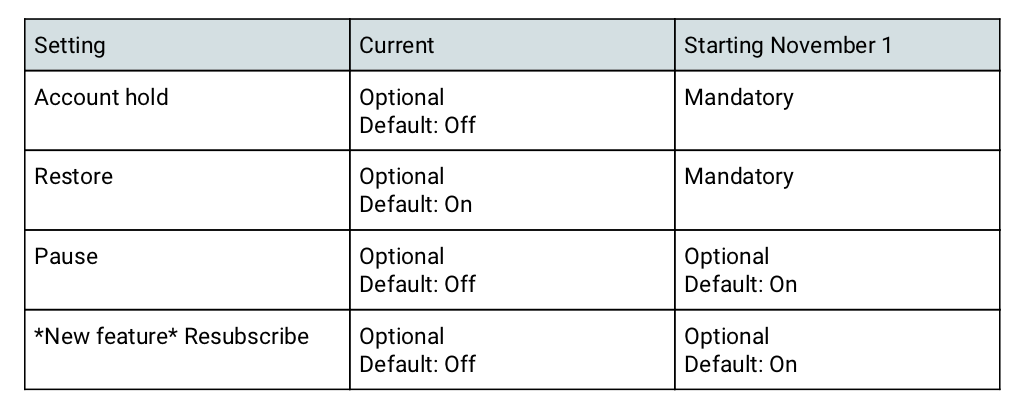Posted by Michele Turner, Director of Product and Smart Home Ecosystem for Google Nest
To create a helpful home experience, we have focused on foundational features necessary to make it easier for people to manage their smart devices. But as people spend more and more time at home during these challenging times, it’s important that we invest in additional ways to work with developers to build a more useful connected home.
Today, at the "Hey Google" Smart Home Virtual Summit, we gave updates on our latest smart home initiatives, talked more in-depth about the new smart home controls in Android 11, and previewed some platform tools that we're investing in to make devices easier to set up and work with Google Assistant.
Smart Home for Entertainment Device support with Google Assistant
As many of us continue to stay home, smart devices are being used a lot more. With the biggest growth coming from entertainment devices, we’re increasing our support in this area with our Smart Home API.
Last year, we launched Google Assistant support for Smart Home for Entertainment Device (SHED) device types and traits, including TVs, remotes, set-top boxes, speakers, soundbars, and even game consoles from top brands like Xbox, Roku, Dish, and LG. And now, we are making these APIs public for any Smart TV, set-top box or game developers to use. SHED gives users the ability to control their favorite entertainment devices from any Assistant-enabled smart display, smart speaker or mobile device.
Smart Home controls in Android 11

With the release of Android 11, coming out later this year, we are introducing a dedicated space for Smart Home controls that users can find quickly, and access any time. We’ve redesigned the power menu to make devices linked to Google Assistant just a button-press away.
Users with the Home App can choose all, or just their favorite controls to be in the space. For partners, you get this for free - there’s no new development work required. We’ll have sliders which will allow you to adjust specific settings, like the temperature of your thermostat in the morning, or how far to open the blinds. You can also customize what devices are visible from the control space and whether these devices can be accessible in your lockscreen.
Improved state reporting and reliability
With Android 11, we want to give users a quick and easy way to check or adjust the devices in their home. And as we continue to add new surfaces for device control, it becomes more critical to ensure we have accurate state. In the coming months, we’ll be introducing tools to measure your reliability and latency to help improve and debug state reporting. Once you hit key targets for reliability and latency, we will shift from a default of querying your state to using report state to render stateful controls. This will reduce query volume on your servers and improve the user experience with accurate device state across multiple surfaces.
In addition to state accuracy, the best user experience comes with strong reliability and low latency. To help achieve both, we launched local execution with the Local Home SDK back in April. As part of the Smart Home platform, local fulfillment can extend your Smart Home Action and routes commands to devices through the local network, benefitting users with reduced latency and higher reliability by removing an additional cloud hop.
To ease the development process, the Local Home platform supports both Chrome and Node.js runtime environments, as well as building and testing of apps on local development machines or personal servers. Once you've deployed your local fulfillment app, users will benefit immediately without having to upgrade hardware or manually update firmware. Nanoleaf and Yeelight have already enabled local execution for their devices. It’s available to all developers through the Actions on Google Console.
Improving linking
Implementing a high quality integration is important - it reduces churn and delights users. Yet, it’s still challenging to get users to discover these features, and we’re doing a couple of things on our end to increase the funnel of users linked to your action. We are excited to launch OAuth-based App Flip on the developer console today. With AppFlip, we streamline the standard account linking flow by flipping users from the Google Home App to the Partner app to gather consent without requiring the users to re-enter their credentials.
To increase awareness of your Action, you will soon be able to initiate the account linking flow within your app. There will also be more opportunities to increase awareness through feature promotion and in-app notification using your app, and we will have more details on discovery and linking opportunities later this year.
Robust monitoring, logging, analytics tools
We know that visibility into the behavior of your smart home integrations is critical, from debugging in early development to detailed analytics in production. To enhance developer productivity, we've integrated with the powerful monitoring and troubleshooting tools available in Google Cloud Platform to provide detailed event logs and usage metrics for smart home projects.
We’ve also recently launched new tools to help developers improve the reliability of their integrations and aid in debugging and resolving issues quickly. You can view aggregate metrics directly in the developer console, or build logs-based metrics to find trends and gain deeper insights into common problems. Google Cloud Platform also enables developers to build custom alerts to quickly identify production issues.
You can also find a new Smart Home Analytics Dashboard accessible from the developer console and pre-populated with charts for common metrics such as Daily Active Users and Request Breakdown — giving you an overall picture of your integration's behavior. This dashboard is powered by new usage and performance metrics in Google Cloud Monitoring, giving you the power to set alerts and be notified if your integration has an issue. Get started today by going to the “Analytics” tab in the Actions console or the Google Cloud console to check out these new logs, metrics, and alerting capabilities for your projects!
Updates to Device Access program
Last year, we announced that we’re moving from the Works with Nest program to Works with Google Assistant and build on a foundation of privacy and data security to ensure users have confidence in how Google and our partners are protecting the consumer’s home data.
As part of that effort, we created the Device Access program to provide a way for partners to integrate directly with Nest devices. To support the Device Access program, we will soon launch the Device Access Console, a self-serve console that guides commercial developers through the different project phases: development, certification and pilot testing, and finally production.

For a commercial developer the console allows them to manage your various projects and integrations. It also provides development guides and trait documentation for all supported Nest devices. Individuals who want to create their own automations with their Nest devices will be able to do so with this console, but only for the homes they are a member of.
Expanding routines
One of the most popular features with Nest users is the ability to automatically trigger routines based on whether users are Home or Away. Later this year, similar functionality will be available with Google Assistant through occupancy detection.
Sleep is also a critical part in maintaining our overall well-being as we stay more at home. Last year we launched the Gentle Sleep & Wake feature with Philips Hue, which slowly brightens or dims the lights at a specific time or can be tied to your morning alarms. Just say, “Turn on Gentle Wake up” to your bedroom speaker to ‘set it and forget it.’ The Light Effects trait is now public so all developers can integrate their native Sleep or Wake experiences - in fact LIFX has recently launched! We encourage you to build and integrate your own unique experiences. We’ll have a larger launch moment later this year when we launch emulated Sleep and Wake effects so that it’ll work out of the box for any smart light!
Another way partners will be able to innovate on our platform and provide more helpful experiences to users is by extending personal routines with custom routines designed by partners, available in the coming months. Developers will be able to create and suggest routines, not just for their devices, but that can work with other devices in a customer’s home. You’ll be able to create solutions for your customers that are based on your core business and bring value to your customers - whether it’s wellness, cleaning, or entertainment. Users will be able to browse and opt-in to approved routines and choose to have Nest and other devices react and participate in that routine.
Our Smart Home efforts have grown significantly over the past several years. We now have integrations with thousands of partners covering all the major connected product categories and devices, and will continue our ambitious goal to build deeper in-home integrations. Be sure to review our docs/samples/videos to learn about all the cool new stuff, and connect with us on our dev communities.
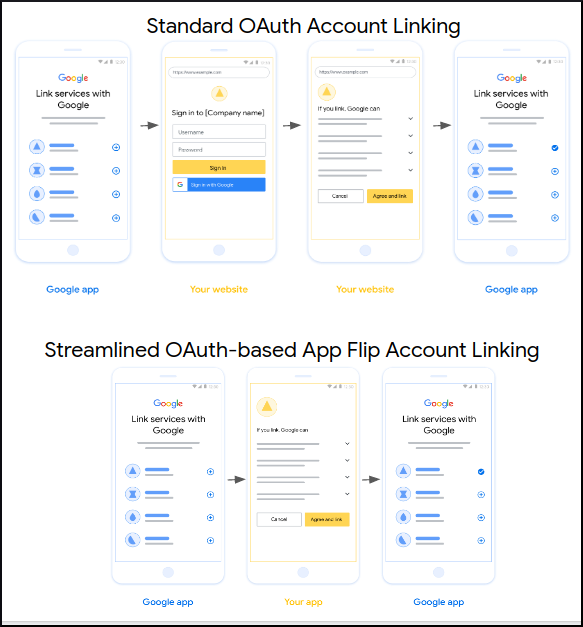




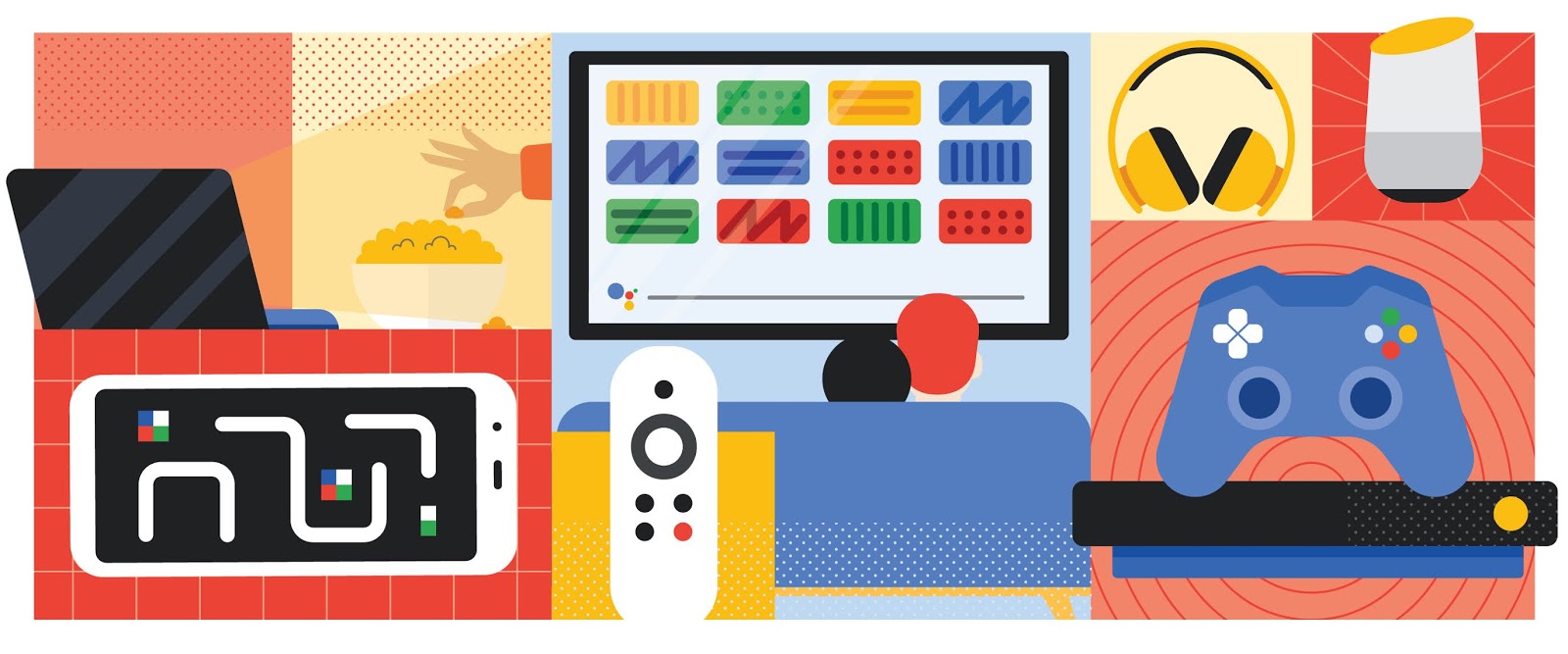


















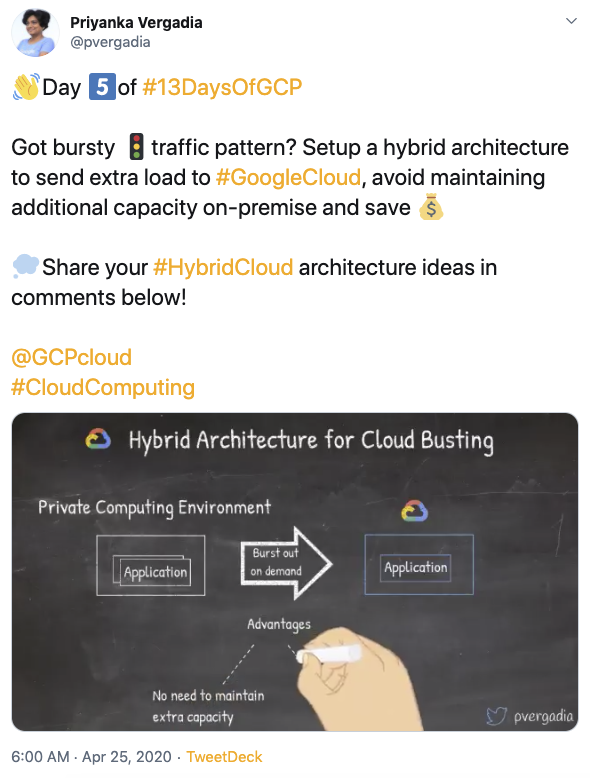









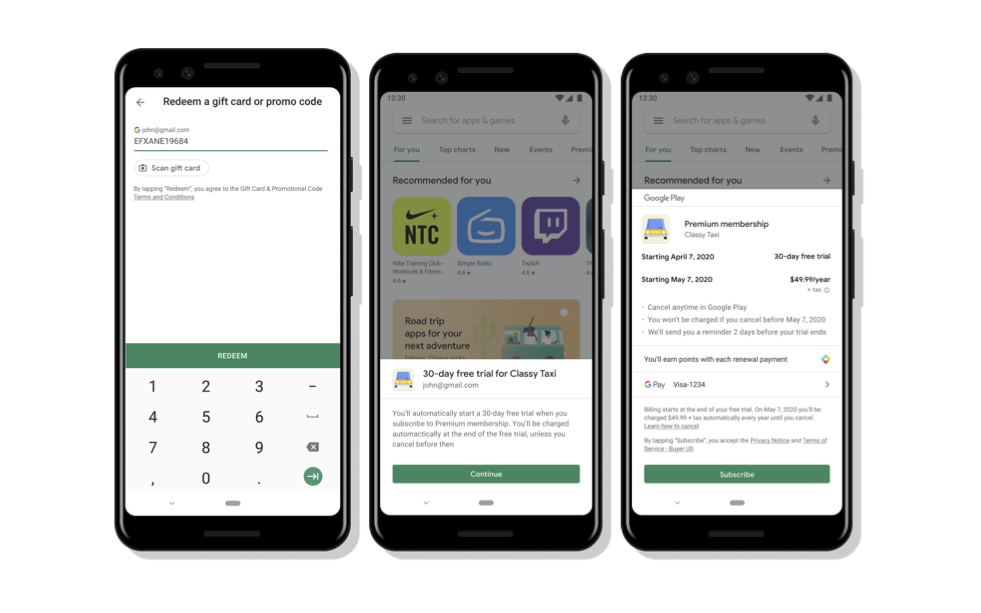 Posted by Angela Ying, Product Manager, Google Play
Posted by Angela Ying, Product Manager, Google Play